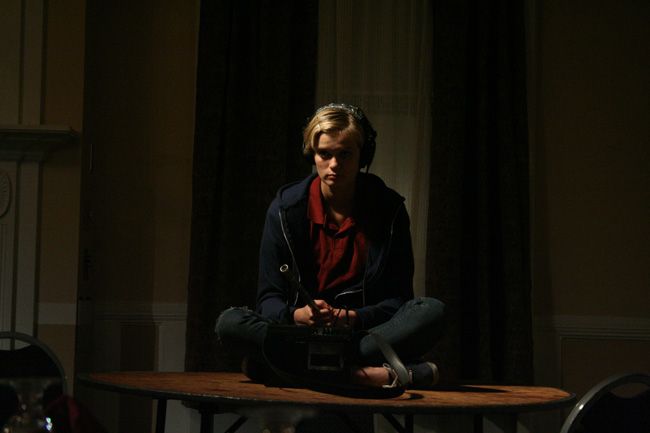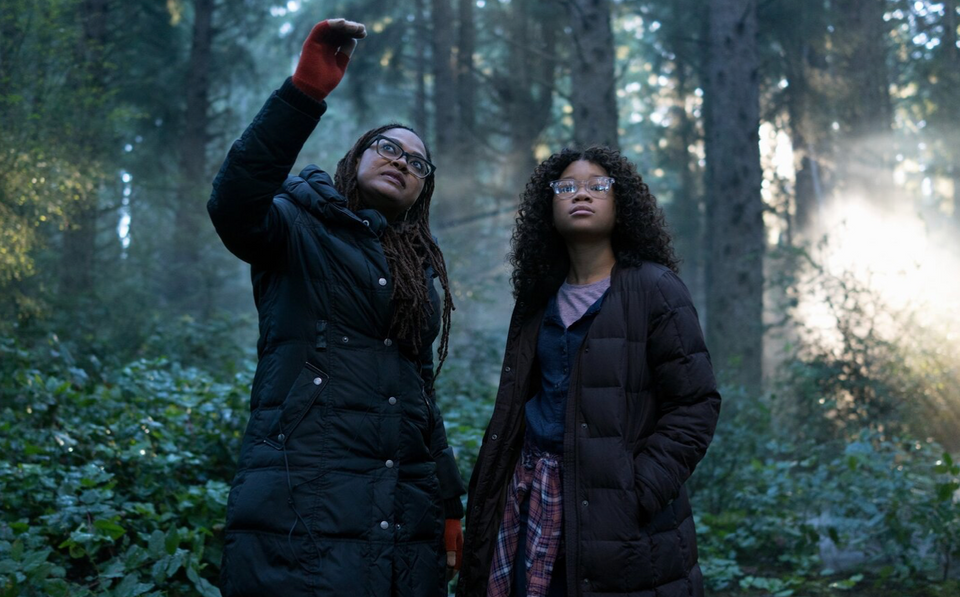The Innkeepers is part classic horror film, part workplace comedy, and part deliberate study of both place and character—which, when taken together, makes the movie a hard sell to a lot of people. And that’s a shame, since I think the movie occupies a unique spot in the cinematic world. Unlike a lot of modern horror films, The Innkeepers invites the audience to be patient and pay attention—good suggestions for film-goers in general.
While The Innkeepers was generally well-received by critics, it wasn’t treated as kindly by the public. Of course it’s fine if people don’t like the film, but I’d encourage those who initially went in with different expectations to revisit the movie. (If you don’t mind drowning in vitriol, visit the movie’s Amazon product page to get a taste.)
The film follows inn employees Claire (Sara Paxton) and Luke (Pat Healy) through the last few days at the Yankee Pedlar Inn before it shuts down for good. The two engage in a lot of wheel-spinning as they watch the clock: They fiddle around with Luke’s clunky website, goof off in a variety of ways, and put off important projects until the last minute. Luke and Claire also spend a huge chunk of time searching for an angry ghost that is rumored to inhabit the Pedlar. Luke fancies himself a ghost hunter, and the duo explore the inn with his mountain of audio surveillance equipment to see if there’s anything to these rumors. (There is.)
Writer/director/editor Ti West first came in contact with the Yankee Pedlar Inn while staying there during the filming of his 2009 movie The House of the Devil. Yes, the Pedlar is a real place in Torrington, Connecticut—and it’s still open, too. He ended up writing the screenplay for The Innkeepers specifically for the Pedlar, and it shows. It’s not a particularly creepy place, but has a sort of warm, tarnished charm that sticks with you. The movie treats the inn and its (fictional) staff as the stars, and I think prioritizing place and the two focal characters over buckets of fake blood was a great move.
But here’s where some viewers get stuck. This was advertised as a horror movie, so where’s the horror? I think some were hoping The Innkeepers would join the parade of shock horror currently popular. But it didn’t. There’s very little blood, and there are just a handful of subdued and well-placed “jump scares.” Perhaps the trailer is partially to blame for the false expectations, since it suggests more exploitation and less Henry James—the latter is closer to the mark.
In reality, the movie is probably closest to the films produced by Val Lewton in the 1940s, such as Cat People and I Walked With a Zombie. The Innkeepers relies on building a sense of dread and eeriness rather than using sheer brutality the way many current horror films do. The Innkeepers demands that the audience use its imagination, and it also demands that viewers immerse themselves in the film’s atmosphere. So much of the film depends on soaking in detailed audio cues; the producers even put a preface on the DVD/Blu-ray release that suggests the viewer “play it loud.” Watching half-heartedly on an iPhone won’t cut it, nor will casually tuning in just to soak in some cheap thrills.
Healy and Paxton are convincing in their roles. Paxton’s Claire is a college dropout feeling no vocational calling, in any definition of the word. She’s a hyperactive goofball, yet incredibly detached. Luke defensively sports an abrasive, sarcastic charm, but you can see his guard come down a bit when Claire is around. By the end of the movie, I’d grown to care about these characters because they remind me of people I know and do care about. They crack jokes, embarrass themselves in front of each other, and discuss the mythology of their workplace. As the circumstances become more dire later in the film, we care about situation because of the characters, not the other way around.
This attention to detail—in character, place, and atmosphere—is why I’ve really grown to appreciate West’s films. He’s trying to take a careful, slow approach to a genre that isn’t known for restraint or intentionality. West hits on something vital that is lost in American film and entertainment culture: The real horror isn’t buckets of blood, but rather not knowing—or caring—about those around us.




